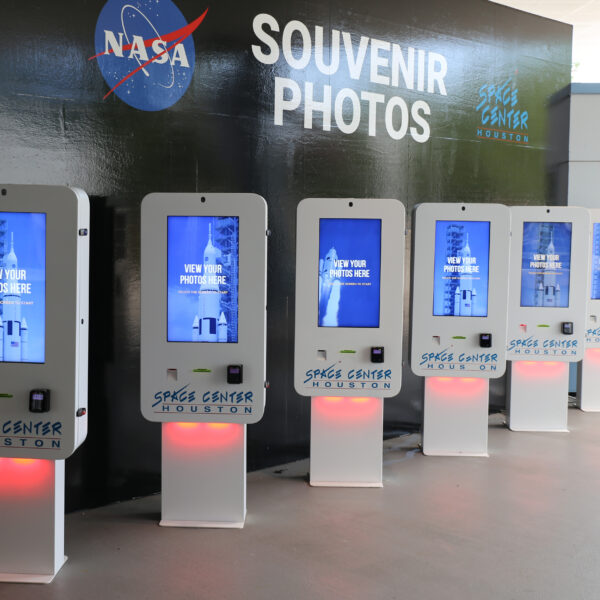
Kiosks
Close
Kiosk Industries


Let’s face it. Large retail display programs that roll out to hundreds of locations aren’t exactly a hallmark of eco-friendly practices. Between manufacturing, delivery methods, and disposal, displays can lead to waste and pose challenges to sustainability.
However, there are ways to be mindful of the environmental impact when planning for and designing a display program. Choosing the right type of display and material can support your commitment to eco-friendly practices.
When first considering point of purchase displays, it’s easy to assume temporary displays would be more environmentally friendly. They’re frequently made from corrugated cardboard which, of course, is easily recycled.
However, printed plastic and cardboard displays have a short lifespan in the field, causing more waste with each turnover.
Primarily manufactured with steel or plastic, permanent retail displays last much longer in a retail environment and are easy to update when designed with future proofing in mind.
At the end of the day, thinking long-term means a permanent display can be a lasting pillar in stores without the need to dispose and replace frequently.
Did you know 70 percent of all steel ever produced is still in use? In addition, recycling it uses 25 percent less energy and generates only a quarter of the water and air pollution that producing it from raw materials creates. Thankfully, most permanent retail displays are manufactured with steel, making it eco-friendly because of its simplicity to recycle.
But using sustainable materials doesn’t end at steel. Below are more options for display materials that are eco-friendly:
Keep in mind, sustainability doesn’t always come cheap. Investing in materials like PLA Plastic, bamboo, and digital signage can increase costs per display. However, if being mindful of the environmental impact is part of your brand’s values, extending that mission to your in-store marketing efforts makes sense.